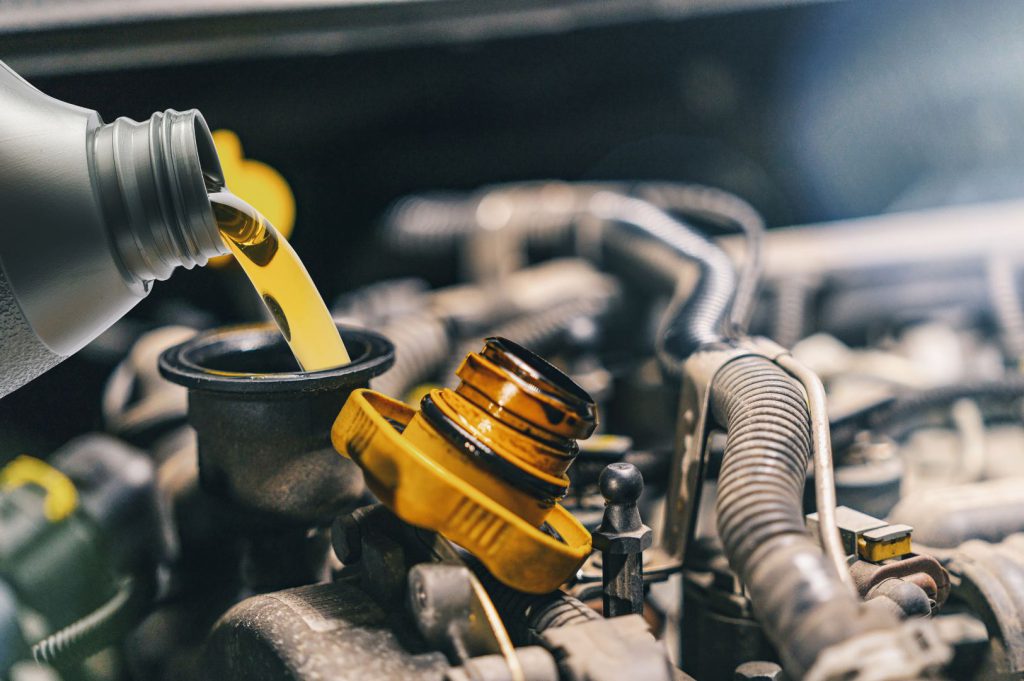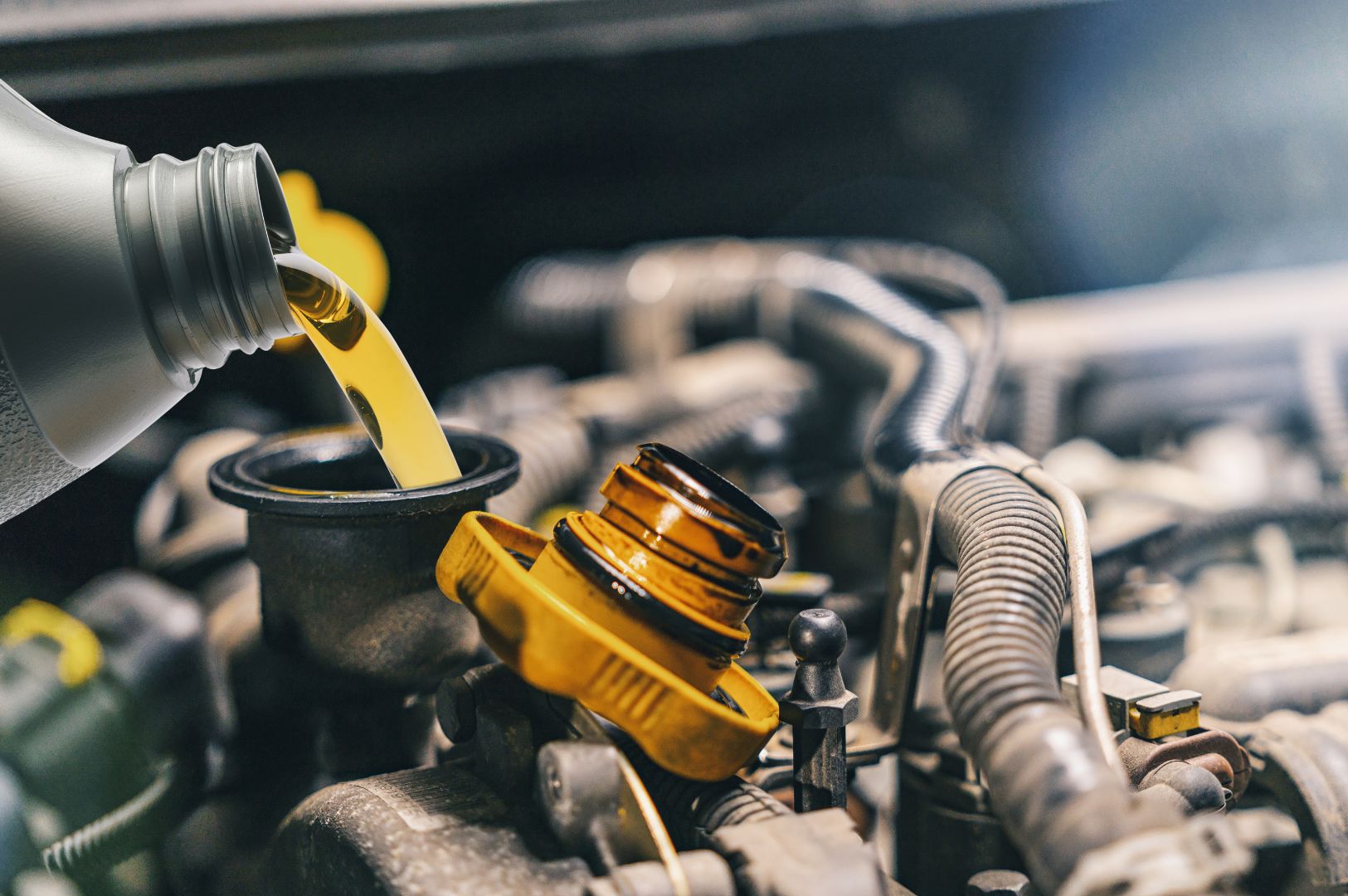Whether you’re a seasoned car enthusiast or a beginner looking to learn some basic car maintenance skills, knowing how to turn your hand to a range of fixes can save you time – and money – at the mechanic.
For those wanting to find out about tackling practical DIY tasks on their vehicle, LeaseCar, one of the UK’s most trusted leasing companies, is here to give a breakdown of the most common tricks that will keep your car running smoothly.
Contents
Car Maintenance Tasks You Can Do Yourself

Changing the Oil and Oil Filter
Regularly changing your car’s oil and oil filter is key when it comes to maintaining your engine’s health. By mastering this task, you’ll not only extend its life, which is useful for commuter cars or those regularly used – but also avoid super-costly trips to the mechanic.
To ensure optimal performance and fuel efficiency, make this part of your regular car maintenance routine, or make sure to check before making any long journeys.
To get started, you’ll need the following:
- an oil filter wrench
- a socket set or wrench for the drain plug
- a drain pan, a new oil filter
- the recommended type and quantity of oil for your car’s make and model
Begin by locating the oil drain plug under your car’s engine and placing the drain pan beneath it, then loosen the plug with the appropriate tool.
Once drained and caught in the pan, replace the plug and move on to the oil filter – we’ll be installing a new one.
Using the oil filter wrench, loosen and remove the old filter, first applying a thin layer of fresh oil to the gasket to make sure it’ll seal properly. Then you can install a new filter.
Now, it’s time to add the new oil! Once you’ve found the oil cap on the engine, pour in the recommended amount and start the engine for a few minutes – making sure that the oil can circulate throughout the system.
Finally, turn off the engine and check the oil level using the dipstick. If necessary, add more oil until it reaches the recommended level.
Changing your car’s oil and oil filter may seem a little tricky at first, but with the right tools and a bit of patience, it quickly becomes one of the more calming tasks on this list!
Replacing Air Filters
Clogged air filters might not sound like a huge problem, but they can reduce your car’s performance and fuel efficiency – as well as improved air quality inside your car.
All you have to do is locate the air filter housing, usually found under the hood, and carefully remove the old air filter. Make sure you take note of its orientation – as you’ll have to replace the new one in the same way!
Check to make sure the new air filter matches the old one in size and shape, inserting it into the housing. It should fit snugly, so it can successfully prevent dirt, debris, and contaminants from entering your engine.
Checking and Topping up Fluids
For smooth operation and extending system life, making sure your fluids are at the right levels is crucial to a smooth-running car.
Start by consulting your owner’s manual to locate the various fluid reservoirs, such as:
- Coolant
- brake fluid
- power steering fluid
- windshield washer fluid.
With the engine off, open each reservoir and visually inspect the fluid levels. If any are low, carefully add the recommended fluid type until reaching the appropriate level – just make sure you don’t overload the reservoir and cause any spills!
By regularly monitoring and topping up fluids, you’ll avoid potential issues like overheating, brake failure, or poor visibility – all with one quick and easy DIY fix.
Changing Spark Plugs
Spark plugs might not need changing regularly, but to incorporate it into your car maintenance routine can promote smooth engine operation, help save fuel and even enhance overall acceleration.
For last minute checks, first identify the location of the spark plugs (usually found on the engine block) and carefully remove the ignition wires or coils.
With the appropriate spark plug socket and extension, loosen and remove the old spark plug and insert new spark plug, tightening it by hand and then giving it a final snug with the socket wrench.
Before fitting, make sure it matches the recommended type and gap specified in your vehicle’s manual to avoid any issues!
Rotating Tires

When it comes to making sure your tires are evenly wearing, rotating them is a simple yet essential DIY car maintenance task – although it’s a little more time-consuming than other tips in this list.
Start by consulting your vehicle’s manual to determine the recommended rotation pattern – as it may differ between front-wheel drive, rear-wheel drive, and all-wheel drive vehicles.
Using a sturdy jack and jack stands, carefully lift one corner of the vehicle at a time to remove the wheel. Securely fasten it to the corresponding position in the rotation pattern and repeat the process for each tire until each one is properly fastened.
Cleaning and Conditioning the Interior
Keeping the interior of your car clean and well-maintained not only looks good but actually helps you feel good while driving.
Start by removing any rubbish or clutter from the cabin and vacuum the seats, carpets, and floor mats to remove dust and debris – especially those pesky crumbs!
To catch any imbedded dust, wipe down surfaces with a microfiber cloth and a mild cleaning solution, paying special attention to:
- Dashboard
- Steering wheel
- Door panel
Keeping your vehicle’s interior fresh and inviting will preserve its value while creating a fresh environment that’ll enhance your overall experience
Wrapping up
Ultimately, DIY car maintenance can save you both time and money while ensuring your vehicle runs smoothly and efficiently.
The more time and effort you devote to these routine maintenance tasks, the longer your vehicle will last, the more effective it will be, and the more enjoyable driving you will be.
So roll up your sleeves, gather the necessary tools, and start your DIY car maintenance journey – both your wallet and your car will thank you!



